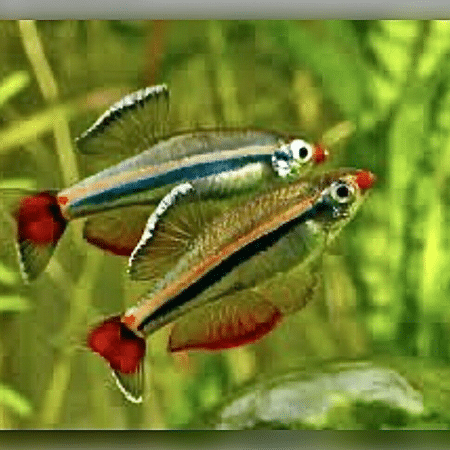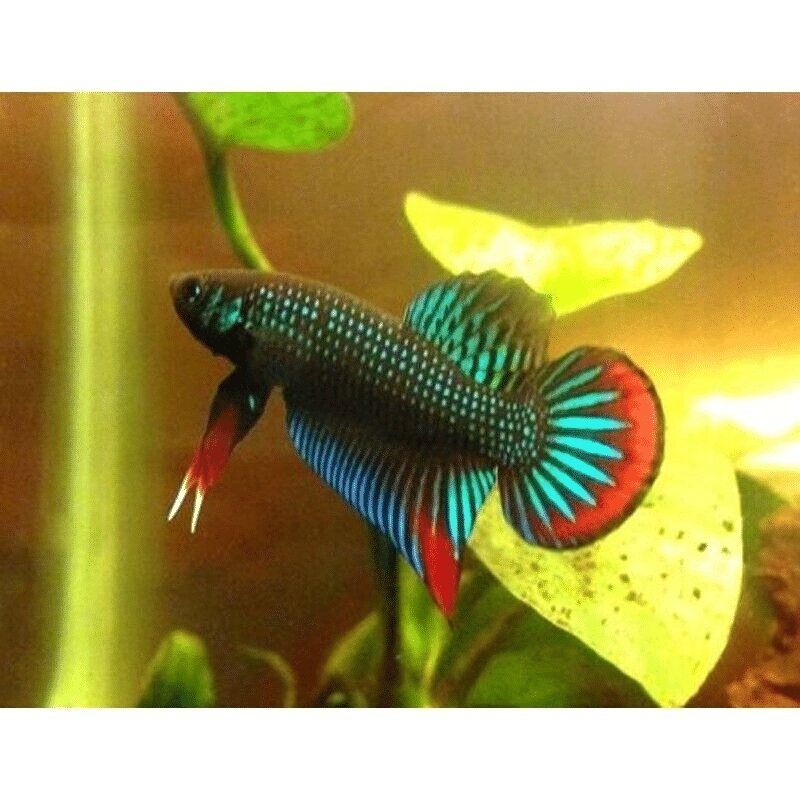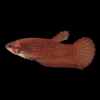To provide the best experiences, we use technologies like cookies to store and/or access device information. Consenting to these technologies will allow us to process data such as browsing behaviour or unique IDs on this site. Not consenting or withdrawing consent, may adversely affect certain features and functions.
The technical storage or access is strictly necessary for the legitimate purpose of enabling the use of a specific service explicitly requested by the subscriber or user, or for the sole purpose of carrying out the transmission of a communication over an electronic communications network.
The technical storage or access is necessary for the legitimate purpose of storing preferences that are not requested by the subscriber or user.
The technical storage or access that is used exclusively for statistical purposes.
The technical storage or access that is used exclusively for anonymous statistical purposes. Without a subpoena, voluntary compliance on the part of your Internet Service Provider, or additional records from a third party, information stored or retrieved for this purpose alone cannot usually be used to identify you.
The technical storage or access is required to create user profiles to send advertising, or to track the user on a website or across several websites for similar marketing purposes.


















Jessica Miller (verified owner) –
I recently brought home a pair of Betta Imbellis, and I couldn’t be happier! As a passionate fish parent, my top priority is the well-being of my aquatic friends, and these Crescent Bettas have exceeded my expectations. They are not only stunning with their vibrant colors and flowing fins, but they also display a calm demeanor that makes them perfect for a community tank.
After a month of observing them, I noticed they interact beautifully with my other tropical fish, unlike some of the more aggressive Betta species. Their gentle nature allows me to create a harmonious aquarium environment, and I appreciate how they thrive in a well-planted tank.
One minor concern was their initial shyness; it took a few days for them to get comfortable, but now they’re always out and about, exploring their space! I recommend providing hiding spots with real plants and caves to keep them feeling secure. For anyone considering a Betta Imbellis, I think they are a fantastic choice, especially for beginners or community setups. I would definitely buy again and encourage others to experience the joy these fish bring!
Emily Sanders (verified owner) –
I recently added a male and female Betta Imbellis to my community tank, and I couldn’t be happier! These beautiful fish are not just visually stunning with their iridescent colors and graceful fins, but they also have such a peaceful nature. After about two weeks of observation, I’ve seen them thrive alongside my tetras and rasboras without any issues. They swim gracefully, and it’s a joy to watch them explore their environment.
What impressed me most was how much they seem to enjoy their space; they’ve made their little hiding spots in the plants a home! Compared to other betta varieties that I’ve kept, this species is much calmer and perfect for a community setting. I found them easy to acclimate, and they adjusted quickly to my tank’s parameters.
Shipping was fast, and they arrived healthy and ready to go. If you’re looking for aquarium fish that complement your tropical setup while adding beauty and harmony, I highly recommend the Betta Imbellis. Just keep in mind they still need some space and structure to feel secure. Overall, I’m thrilled with my purchase and would definitely buy again!